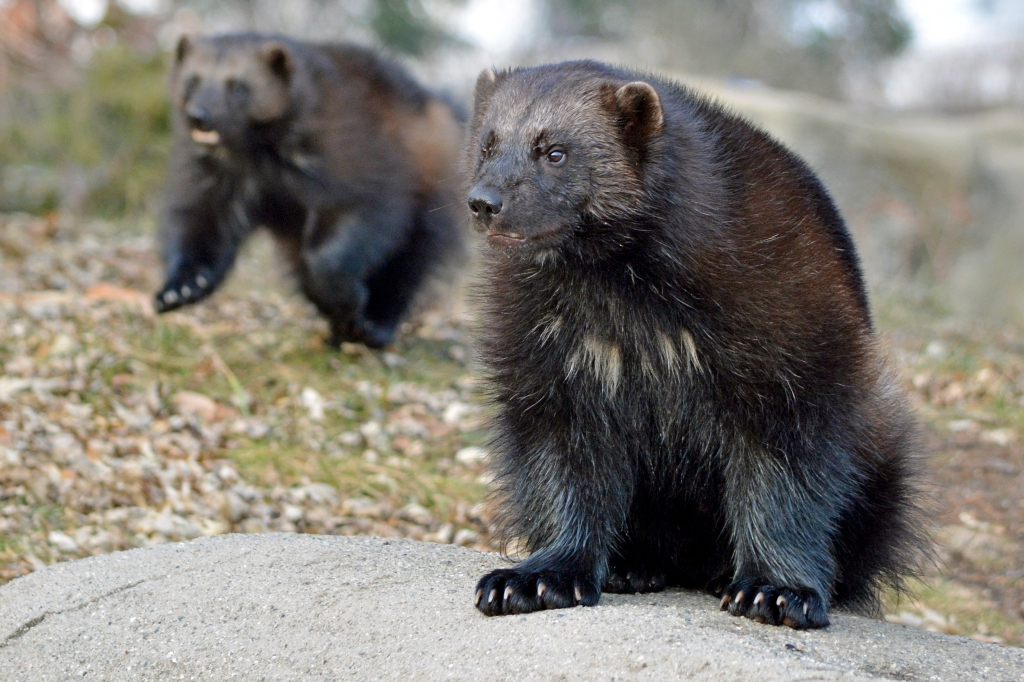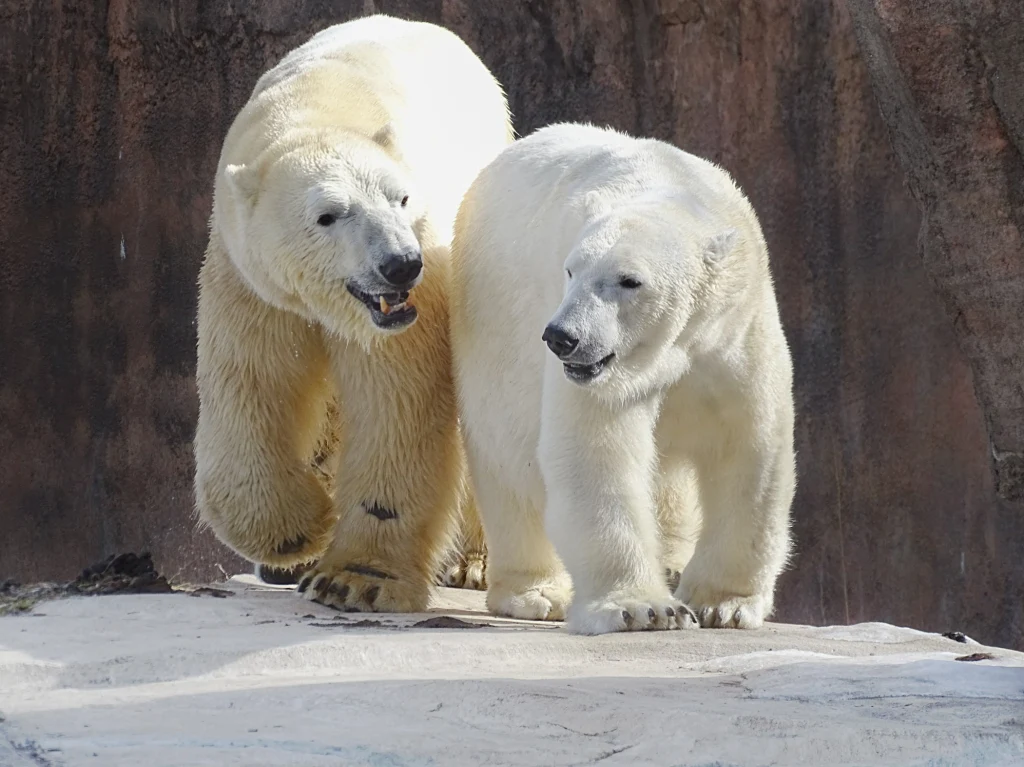By Leah Seldon, high school intern for The Detroit Zoological Society (DZS).
It was a Monday morning, and instead of making a right to go to school, my father kept straight on a path we hadn’t taken before. It was the first day of my Senior May Project (a program where seniors at my school do a three-week internship in place of attending classes), and I felt everything: nerves, sleepiness and excitement with no idea of what to expect on my first day. Luckily, I was met with smiling faces and people eager to assist me in finding my way. To give some context, I decided to intern for the DZS because the Detroit Zoo was always a place of fun for me. So, when I heard students in the year ahead of me interned there, I decided I would too. Before my first day, I virtually met with my supervisors to go over how my interests would fit within the education department’s needs. Together, we decided I would produce a video as an independent project. What type? That, we were unaware of.
I spent tons of time exploring and learning during my first week. Through a tour of the Zoo, I was introduced to all the animals as I walked past each of their habitats. I shadowed Learning Labs, programs where a member of the education staff teaches a group of students on a specific animal-related topic. During those times, I observed teaching methods that encouraged student engagement to enhance the learning process. It was a technique I had not seen used often. Also, I read a book and learned about humane education, which taught me the importance of teaching children to be kind to everything and everyone and to be aware of their choices. During my first education staff meeting, it was mentioned that the Zoo was working towards creating an experience for people to recognize the animals as living beings and not just as objects of beauty to admire. It was that piece of information from the meeting that I took with me when I went on to create my video. I wanted to help people connect with an animal.

As part of my first project, I learned about the DZS’s conservation efforts with the creation of a script for a CARE Grant. My goal was to create a script that highlighted how a specific CARE Grant was to fund a trip that would encourage teens to get involved in the conservation of amphibians. Through my research, I was introduced to Species Survival Plans. I learned how the DZS partnered with other zoos to increase the population of certain amphibian species through breeding, releasing into the wild and research. I used my newfound knowledge to help me craft a script for the CARE Grant program. With the completion of this script draft, I was able to work more on my independent project.
Something I can’t fully explain drew me to the wolverine habitat each day, which wolverines Yaro and Janis call home. Maybe my dog’s name Wolverine made me biased, but it was much more than that. They ran around so freely. They kept me wondering what they were going to do next. I found myself watching them, being mesmerized and going into a trance. They constantly kept my attention day after day. They became my favorite animal in the Zoo.
In the middle of my second week, it came time for me to decide on an independent project. I knew I wanted the wolverines to be the focus of the video I was to create after watching them for so long. I started brainstorming and realized that I wanted to create something directed toward children because I find it very important to educate youth. This required me to get into the mind of a child. Luckily, I was one not very long ago. I remember that my favorite way of learning was when cartoon animals taught me. They were always more fun, and they were cool to look at. Also, I felt close to them because they were characters I could relate to. Therefore, I decided to create a video that gave information about wolverines from a wolverine… plush.

After mentioning this idea to one of my supervisors, they informed me of anthropomorphism.
This term was unknown to me, but after a conversation with them, I learned the importance of it. Anthropomorphism is when human characteristics are attributed to an animal. During our conversation, we brainstormed a list of the pros and cons of anthropomorphism. There were ways of using it that would create harm and ways that would be beneficial. It was important to me that I was careful with my usage of anthropomorphism to not unintentionally misrepresent the wolverine species. After navigating this new term, I was ready to make a video focused on wolverines. I didn’t stop there, though.
When thinking of creating this video, I wanted to include the wolverines who initially captivated my attention, Yaro and Janis. I wanted the viewer to watch the video and learn more about individual wolverines. That was a lesson the education staff taught me 𑁋 to focus on the species but also highlight the individual. As I went out into the Zoo each day, I saw that happening. There were conservation plans put in place for the protection of specific species. Also, each animal was cared for, and their needs were met. Each animal had a tailored diet, enrichment items and the appropriate habitat. I could tell they were each given the attention they deserved. That prompted me to include a segment in my video that focused on Yaro and Janis to give them their spotlight.
Creating this video has been a process of love. I am truly grateful to the entire education and volunteer services teams for taking me in and teaching me. They taught me that being part of a team makes everything better. Reaching out to call on others for support is okay and at times necessary. They also showed me that it takes drive and true dedication to be involved with such important work. Before coming here, I was unaware that the DZS was involved in so much, including humane education, animal well-being and conservation. I had no idea that such a pillar in all these topics lived so close to me.




































